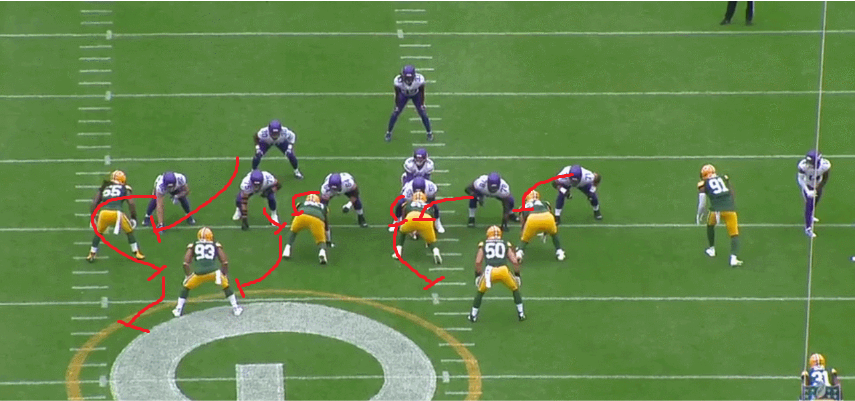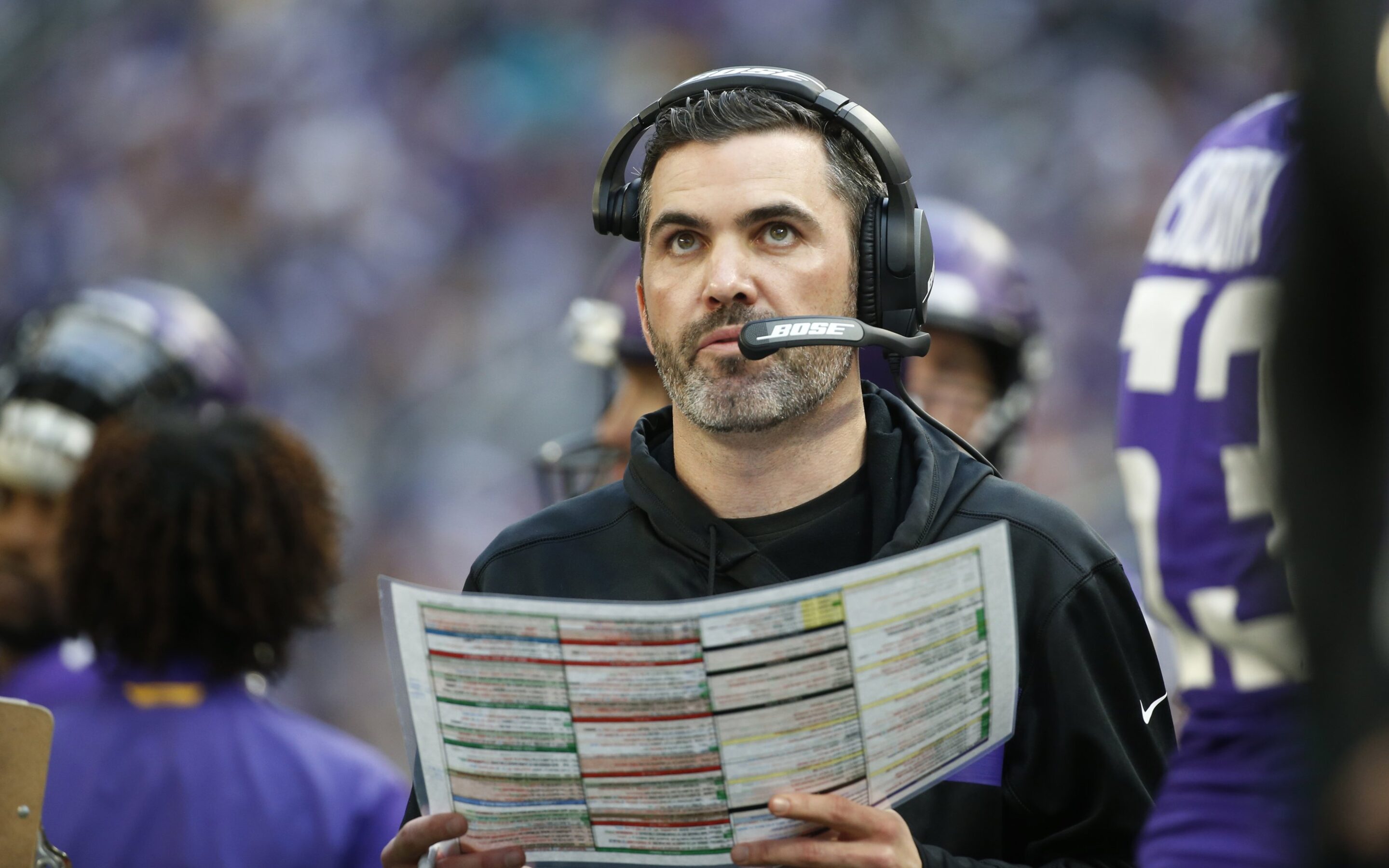As you are probably more than aware of at this point, Ron Rivera’s coaching tenure in Carolina is over, so in the coming month or two a new coach will be announced to help rebuild this team and put them on the path to success in the new decade.
While the Panthers have interviewed Mike McCarthy already, they will likely have to wait until the end of the season before beginning to do more interviews in any meaningful sense if they’re interested in bringing in a coordinator or coach whose team is in the playoffs – but the speculation around who might take over has already started.
With that in mind, it is probably worth looking through some of the candidates in detail – while it is hard to evaluate aspects such as leadership from afar, what can be assessed are the schemes these different coaches run. When you’re hiring a head coach – especially an offensive one, as David Tepper has said he’d like to do – you’re not only getting the man, you’re getting his scheme.
So over the next few weeks, we’ll be taking a look at some of the names considered to be high on the list of candidates and what their scheme offers – to get us started, what might a Kevin Stefanski-run Panthers’ offense look like, and would that be a good idea?
It All Starts With The Run
Under Kevin Stefanski, the Vikings have the 10th best yard-per-play number (5.8) in the league, the 7th best rushing attack (130.6 yards-per-game) and the sixth-best passing yards-per-play (7.63) number in the NFL. Under his tutelage, Dalvin Cook has 1,135 yards rushing, Stefon Diggs has 1,130 yards receiving and Kirk Cousins has 3,603 yards passing while completing passes at a 69.1% clip with 26 touchdowns against six interceptions.
The 37-year old has been with the Vikings in one role or another since 2006, with three of those seasons spent working under Norv Turner; there is certainly a lot of similarity between what the Panthers have run under Turner and what Stefanski runs with the Vikings.
However, there are also some differences – while the Panthers certainly run the ball a lot, one of the biggest changes between the Panthers and the Vikings is the role that the running game plays in the offense. For the Vikings, almost everything is built off of the run, and as part of that, they run an awful lot of their offense from under center, and use a fullback much more than most NFL teams. The core of this rushing attack is the outside zone, and this is really at the heart of everything that the Vikings do offensively:
This is not dissimilar to a lot of what the Panthers have run this season, but let’s have a look at what’s going on here in a little more detail:

What the Vikings are trying to do here is pin the majority of the defense inside on the play and allow Cook to pick his gap on the outside. Ultimately, in this case, this didn’t go completely to plan – the left edge defender did a good job of staying outside on the play and forcing the run back inside, but one other thing that the Vikings and the Panthers have in common is the presence of elite running backs who can make up for some mistakes up front.
The other thing that the Vikings’ and the Panthers’ rushing attacks have in common is that they both put quite a lot of pressure on their offensive lines. Here, the left guard, left tackle and right guard are all asked to reach block in order to allow the center and right tackle to work to the second level, and when this works, it tends to lead to long chunk plays – but it also leads to a higher number of negative plays than schemes which are somewhat gentler on the offensive line.
Of course, you can’t just run exactly the same play over and over again and be successful in the NFL; the Vikings are able to continue to be effective by disguising and building upon this simple concept. Part of this seems to also be the frequency with which they run toss plays in order to get the ball in the hands of Cook as quickly as possible.
Again, let’s take a slightly closer look at this, as it is both a good example of how the Vikings are able to vary the same core concept while also being a good example of how much stress this scheme can put on the offensive line:

The motion of Diggs pulls a defender across with him – once again they leave the backside defender unblocked. Here, they use the tight end to try and pin the defensive end inside, allowing the running back to run around the penetration while the second tight end and the right tackle pull around the clear the space further upfield.
Again, the Vikings ask their interior offensive linemen to do a lot here, and the times when the Vikings have struggled offensively this season have largely been when the offensive line have failed to play up to the very high level asked of them.
This is not dissimilar to the story for the Panthers, and while the Vikings’ rushing attack has been one of the best in the NFL this season, they have been somewhat inconsistent with Cook having averaged either below 3.75 yards-per-carry or above 5.25 yards-per-carry in all but one game this season. However, while lots of rushing yards are always nice, for the Vikings and Stefanski, the rushing game is as much about what is allows them to do off of it in the passing game as it is about the rushing yardage itself.
Up Next: It’s Not All Running The Ball




Can you do a write-up on the Chiefs OC as well?